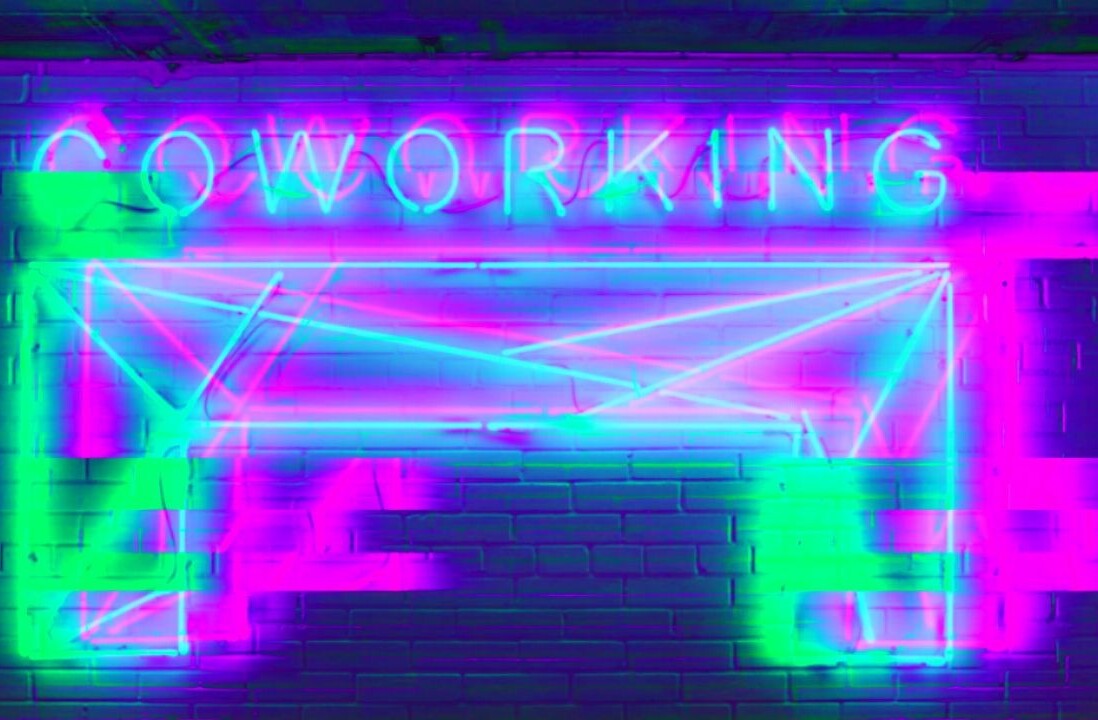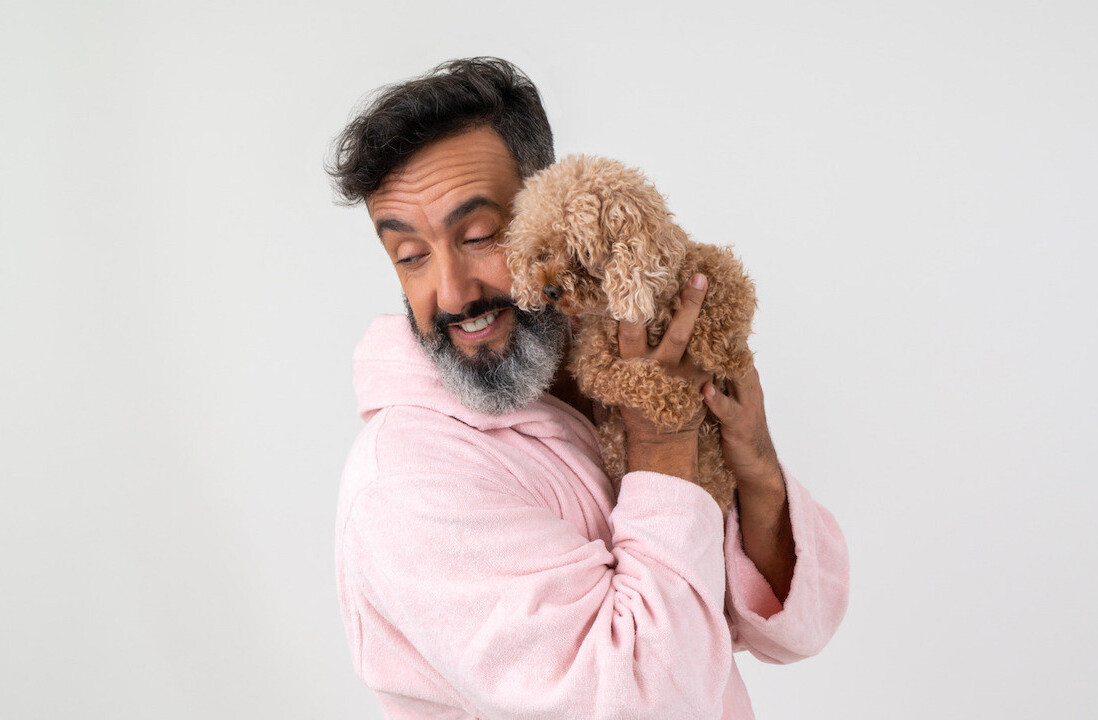
Well, that depends on the brand. If you’re launching an intimate wine bar or an international travel app, then you may want to rethink your business model.
But even in the midst of a global pandemic and a recession, some brands have decided to launch. The ones that have been successful with their launches have recognized the shift in supply and demand, focusing on providing essential goods or structuring their businesses in a digital-first model.
“What COVID has done has been to accelerate trends that were already starting throughout the globe,” said Jonathan Goodman, COO of Polestar, a luxury electric vehicle, during his TNW2020 keynote (which you can watch at the bottom of the article!). “Three months of lockdown at home showed that working from home was feasible and practical, and at the same time raised a question over the need to go back to being in the office.”
Goodman pointed out the crisis has triggered a tremendous acceleration in the digital transformation of the global economy, from healthcare to food deliveries and more. In fact, IBM’s U.S. Consumer Retail Index, published in August, found the COVID-19 pandemic accelerated the shift to e-commerce by up to five years.
How some brands are winning in this space
Brands launching during the crisis are likely doing so with an eye to what a pandemic economy values, and what a post-pandemic economy will value.
1. Essential goods and intelligent marketing FTW
According to a recent McKinsey & Company report, the most successful brands fall within the homebody or essentials category, and there’s been a 20-40% decrease in discretionary spending. At the same time, digital spending has jumped during the pandemic up to 50%, and consumers intend to spend online even after the pandemic.
Wellness brands are also seeing a boost during the pandemic, particularly those that have to do with mental health. WSL Strategic Retail, a marketing consultant, finds that Millennials and Gen Z are more likely to turn to apps to help with anxiety and stress or for affordable wellness options.
“What this pandemic has revealed is that taking care and control of your own health — individual, family, home, etc. — is even more critical than before,” WSL CEO Wendy Liebmann said in an interview with the U.S. Chamber of Commerce.
In addition, when consumers do choose to use their money for discretionary spending, they often want to shop sustainably. Many consumers see this as a time to reset our values and to help our fellow human by buying off locally produced or greener products.
“While purchases are currently centered on the most basic needs, people are shopping more consciously, buying local and are embracing digital commerce,” according to a COVID-19 Consumer Goods and Services report from Accenture, professional services agency.
So if your company fits both the current needs of the market and the desires of it, then go for it and launch! But if you can’t find the right angle, it might be best to postpone until things settle down a bit.
2. Rethinking the business model
New businesses have the chance to set the tone in the post-pandemic world. Everything will be done differently, so a brand that launches during the pandemic will have an edge over legacy companies that now have to shift their business models entirely.
“[The pandemic] has forced companies to change, and even abandon their legacy mindsets,” Goodman said during his keynote. “So is this the worst possible year to launch the car and the brand? Absolutely not.”
Polestar is a standalone electric performance car brand that’s got a digital-first model and a direct consumer approach.
“We are a brand that’s not weighed down by the legacy that affects the car industry,” said Goodman. “What that means is that we’ve been free to imagine our route to market, enabling us to be hugely adaptable to the changing circumstances.”
The shift to e-commerce has benefited Polestar as one of the only car companies on the market that offers customers the ability to interact with the brand completely online if they want — from learning more about the electric vehicle to choosing a style to having it delivered to your home.
3. Cashing in on timing
Not only has Polestar been able to leverage its digital strategy to achieve success in launching this year, but it’s launching its star car, the Polestar 2, right at the moment when the whole car industry is starting to move into electric vehicles.
“Governments are accelerating the move to a zero-emission environment, paving the way of the continued growth of an already dynamic electric vehicle segment,” said Goodman. Additionally, more people are planning national road trips and are wary of public transit, but they still want to be green and travel responsibly.
Another example of a brand that got the timing right is Neverland, an accessible e-commerce plant and gardening marketplace that found its inception during the pandemic.
In an attempt to brighten up their small apartments (and now offices) during the shelter-in-place orders, Neverland’s founders discovered that buying indoor plants is no easy feat. One either had to purchase from a conventional superstore or an over-priced boutique.
When Neverland launches officially in September, it’ll be offering organic seed kits for easy-to-grow indoor herbs and veggies with a mobile app for iOS and Android, cashing in on the fact that more people will continue to be working from home and, coming into winter, will want a life-affirming project to get their hands dirty with. Having an app to guide you through the green-thumb process is also a major perk.
4. The freedom to pioneer and build from the ground up
During a pandemic-recession, there’s less money going around to invest in companies and competitors. But that can be a good thing for brands launching this year.
According to Tim Chen, CEO of NerdWallet, a company that started up during the Great Recession in 2008, “…you’re actually better off slowing down and building a good foundation and thinking about efficiency and scaling efficiently rather than just optimizing for speed and then scaling as quickly as possible.”
New brands that are operating in emerging industries not only don’t have to worry about as many competitors, but they also are able to focus more completely on developing their offerings.
“Unlike the rest of the industry, we don’t have any legacy models to maintain over the next few years,” said Polestar’s Goodman. “One of the biggest challenges that’s going to face the traditional OEMs is how do they move into electrification without alienating the buyers of their petrol and diesel cars? We don’t have this problem. We’re 100% electric, and able to focus on this entirely and with all our passion.”
5. Giving the people what they want in this economy
Essential goods, sustainable sourcing, affordable health-focused products, e-commerce. These are all ways that brands are altering their products for a new mindset. But with a little creativity, there are other ways brands can meet the demands of a modern consumer.
To take the Polestar example again, we’ve already mentioned that the entire experience of buying a Polestar 2 can be completely contactless if the customer so wishes. But there are other neat features to this car that make it a truly premium offering.
For example, the Polestar 2 is integrated with Google’s apps and services that links customers to their Google accounts, Google maps, Spotify and any other app. With a voice recognition system that actually works, there’s a functionality in this car that’s unique and much sought-after. Other perks include a more intimate and easily accessible showroom experience, as well as same-day maintenance that doesn’t require you to leave your home or office.
Customers in today’s economy are also more willing to try out new brands, according to the McKinsey report. “With continued pressure on household income, customers are trying new brands and channels, seeking both better value and convenience. For the upcoming holiday seasons, more than half of consumers plan to shop at different retailers than last year, with concern for safety being the most important reason driving this change.”
If you can make it here, you can make it anywhere
It’s a bold move to launch a brand during the pandemic, but the risk is what can make it so exciting. Think of it this way: A company born successfully during a pandemic or a recession will not only have excellent street cred, but it will also have the longest time to go until the next global crisis!
If you want to hear more insights into how to launch a brand during times of crisis, you can watch Jonathan Goodman’s TNW2020 talk here:
Get the TNW newsletter
Get the most important tech news in your inbox each week.






